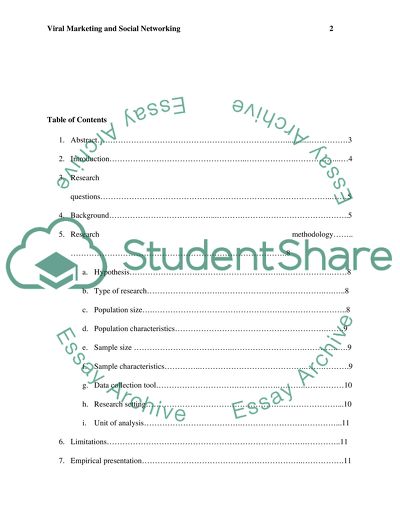Cite this document
(“Marketing And Social Network Thesis Example | Topics and Well Written Essays - 3500 words”, n.d.)
Retrieved from https://studentshare.org/marketing/1394349-marketing-and-social-network
Retrieved from https://studentshare.org/marketing/1394349-marketing-and-social-network
(Marketing And Social Network Thesis Example | Topics and Well Written Essays - 3500 Words)
https://studentshare.org/marketing/1394349-marketing-and-social-network.
https://studentshare.org/marketing/1394349-marketing-and-social-network.
“Marketing And Social Network Thesis Example | Topics and Well Written Essays - 3500 Words”, n.d. https://studentshare.org/marketing/1394349-marketing-and-social-network.


